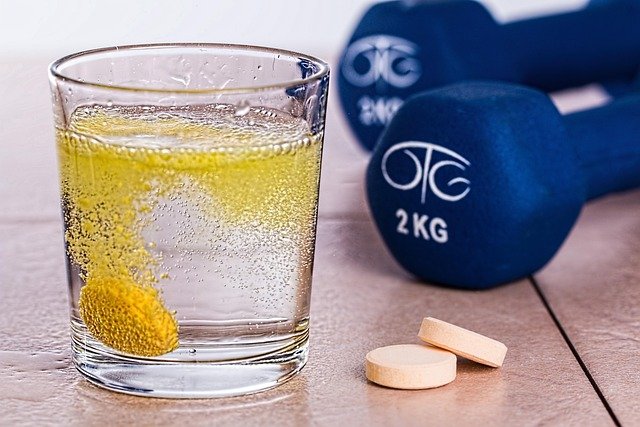Timing meals and workouts to optimize skin recovery and strength gains
Coordinating when you eat, train, hydrate, and sleep can boost both skin repair and muscle strength. Small timing adjustments—around workouts and sleep—support collagen production, recovery, and consistent strength improvements without dramatic changes to your routine.

Coordinating meals and workouts can influence how effectively your body recovers skin tissue and builds strength. Strategic timing helps supply amino acids and antioxidants when tissues are primed to repair, while aligning exercise with your daily rhythm can improve performance and adaptation. Practical timing doesn’t require drastic scheduling; instead, it favors consistency, balanced meals, and attention to hydration and sleep quality to support collagen formation, reduce inflammation, and maximize strength gains.
How does timing affect skinhealth and collagen?
The body’s repair processes follow circadian patterns: skin regeneration tends to accelerate during sleep and in the hours shortly after exercise. Providing protein and vitamin C around training supports collagen synthesis because amino acids are the building blocks and vitamin C is required for collagen cross-linking. Avoiding prolonged periods without protein—especially overnight—can limit amino acid availability when repair peaks. Small, strategically timed protein intakes and vitamin-C–rich foods help maintain a steady supply for skin recovery without overcomplicating meal planning.
What nutrition supports collagen, protein, and antioxidants?
Focus on complete protein sources and foods rich in antioxidants. Protein supplies the leucine and glycine important for collagen and muscle repair; antioxidants such as vitamin C and polyphenols help neutralize oxidative stress that can degrade collagen. Practical choices include lean meats, dairy or plant-based complete proteins, citrus or berries for vitamin C, and vegetables for additional antioxidants. Timing a protein-containing meal or shake within a few hours before or after resistance sessions supports muscle protein synthesis and provides substrates for skin repair.
How do sleep, hydration, and recovery interact?
Sleep is a primary window for tissue repair: growth hormone peaks during deep sleep and supports protein synthesis and skin regeneration. Poor or insufficient sleep reduces these restorative processes, slowing recovery. Hydration affects skin turgor and cellular function; even mild dehydration can reduce skin elasticity and impair transport of nutrients. Aim for consistent sleep hygiene and steady fluid intake throughout the day to support both skin recovery and post-exercise repair.
This article is for informational purposes only and should not be considered medical advice. Please consult a qualified healthcare professional for personalized guidance and treatment.
When should you schedule exercise to improve strength?
Strength adaptations respond to training quality and recovery rather than a single ideal hour. Many people experience better performance later in the day as body temperature and neural readiness increase, while others prefer morning sessions for consistency. Choose a time you can maintain and combine resistance sessions with targeted protein intake around the workout. Ensuring a recovery period of 24–72 hours for trained muscle groups, adequate sleep, and post-exercise protein supports progressive strength gains.
How can mobility and light conditioning aid recovery?
Short mobility or low-intensity sessions enhance circulation, reduce stiffness, and assist nutrient delivery to skin and muscle without adding major fatigue. Integrate brief mobility routines before strength sessions to improve movement quality and after workouts to aid cooldown. On rest days, light activity such as walking or mobility flows can promote lymphatic drainage and metabolic recovery, which indirectly supports skin health and reduces prolonged inflammation that could impede collagen processes.
How to build a practical routine for skin and strength
A simple, repeatable routine yields steady improvements: schedule resistance training two to four times weekly with 24–72 hours of recovery per muscle group; aim for complete protein spread across meals (roughly 20–40 g per main meal depending on body size and goals); include vitamin-C–rich fruit or vegetables daily; hydrate consistently rather than only around workouts; and prioritize 7–9 hours of sleep. Sample timing: light protein-carbohydrate snack 60–90 minutes pre-workout if needed, a protein-focused meal or shake within 1–2 hours post-workout, and balanced meals across the day to maintain amino acid availability for repair.
Conclusion Timing matters most insofar as it supports regular, consistent nutrition, adequate hydration, quality sleep, and well-placed training sessions. Aligning protein and antioxidant intake with your activity windows and ensuring restorative sleep will support collagen production, skin recovery, and strength development. Tailor timing to your daily schedule and preferences to make these habits sustainable and effective.





